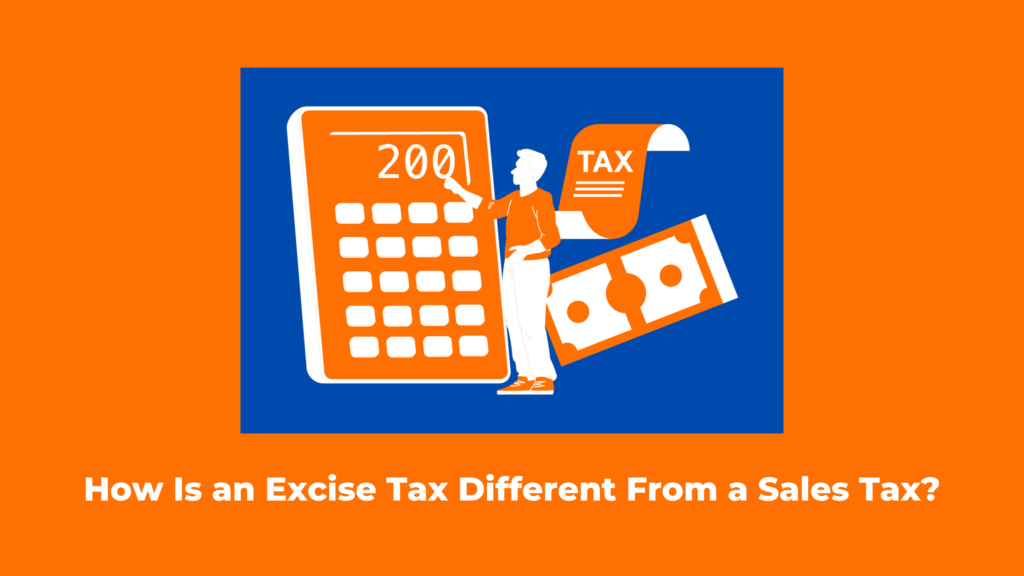Tax season can be a stressful time for many individuals, as the complexities of filing taxes and understanding the various forms and deductions can seem like unraveling a mystery. However, beneath the surface, your tax return holds hidden gems that can offer valuable insights into your financial situation and provide opportunities for maximizing your financial well-being. In this article, we will delve into the hidden gems found within your tax return, uncovering valuable information and strategies that can help you navigate the financial landscape more effectively.
Understanding the Basics of Your Tax Return
Before exploring the hidden gems, it is essential to have a basic understanding of how your tax return works. Your tax return is a document filed with the tax authorities that reports your income, deductions, and credits for a specific tax year. It calculates your tax liability or the amount you owe to the government, or in some cases, the refund you are entitled to receive.
The primary components of your tax return include your personal information, filing status, income sources, deductions, credits, and tax payments. Each component provides valuable insights into your financial situation, allowing you to make informed decisions and identify areas for improvement.
Income Sources: Revealing Your Financial Landscape
One of the hidden gems in your tax return is the detailed breakdown of your income sources. It provides a comprehensive picture of your financial landscape, including your employment income, self-employment income, investment income, rental income, and more.
Analyzing your income sources can help you identify areas of growth and potential opportunities. For example, if you notice that a significant portion of your income comes from self-employment, you may consider exploring ways to expand your business or diversify your income streams. If your investment income is substantial, it might be worth reviewing your investment strategy or seeking professional advice to optimize your returns.
Deductions: Uncovering Hidden Savings
Deductions are another hidden gem in your tax return that can lead to substantial savings. Deductions reduce your taxable income, thereby reducing the amount of tax you owe. It is important to understand the various deductions available to you and ensure that you take full advantage of them.
Common deductions include expenses related to homeownership, such as mortgage interest, property taxes, and home office deductions for self-employed individuals. Consider working with tax depreciation experts to maximize these tax returns. Medical expenses, education-related expenses, charitable contributions, and certain business expenses can also be deducted. Keeping track of these expenses throughout the year can help maximize your deductions and potentially lower your tax liability.
Credits: Maximizing Tax Benefits
Tax credits are another powerful tool that can lead to significant savings. Unlike deductions that reduce your taxable income, credits directly reduce your tax liability on a dollar-for-dollar basis. This means that a tax credit of $1,000 reduces your tax liability by $1,000.
There are various tax credits available, such as the Child Tax Credit, Earned Income Tax Credit, and Education Credits. Each credit has specific eligibility criteria, so it is important to review them carefully to determine if you qualify. Maximizing tax credits can result in substantial savings, so it is worthwhile to explore the credits available to you and ensure you claim them correctly.
Tax Payments: Evaluating Cash Flow and Financial Planning
Analyzing your tax payments can provide valuable insights into your cash flow and financial planning. Your tax return shows how much tax you owe and how much you have already paid through withholdings or estimated tax payments. If you consistently receive large tax refunds, it may indicate that you are overpaying your taxes throughout the year, resulting in a cash flow disadvantage.
On the other hand, if you consistently owe a significant amount of taxes at the end of the year, it may indicate that you are underpaying your taxes and could face penalties or interest charges. By evaluating your tax payments, you can adjust your withholding or estimated tax payments to align with your financial goals and optimize your cash flow.
Planning for the Future: Insights for Financial Decision-Making
Your tax return provides valuable insights that can inform your financial decision-making and help you plan for the future. By analyzing your income, deductions, credits, and tax payments, you can identify areas where you can make adjustments to improve your financial well-being.
For example, if you notice that you consistently owe a large amount of taxes, you may consider increasing your retirement contributions to reduce your taxable income. If you are receiving a substantial tax refund each year, you can explore options to invest or save that money more effectively throughout the year.
Additionally, reviewing your tax return can help you identify areas where you may need professional assistance, such as tax planning, investment strategies, or estate planning. Consulting with a financial advisor or tax professional can provide valuable guidance and ensure you make informed decisions that align with your financial goals.
Conclusion
Your tax return holds hidden gems that can offer valuable insights into your financial situation and provide opportunities for maximizing your economic well-being. Understanding the components of your tax return, such as income sources, deductions, credits, and tax payments, allows you to make informed decisions, uncover savings opportunities, and plan for the future.

Pardeep is the founder and editor of Small Investment Ideas. He believes that everyone can change their life with the help of small investments and achieve financial freedom.


